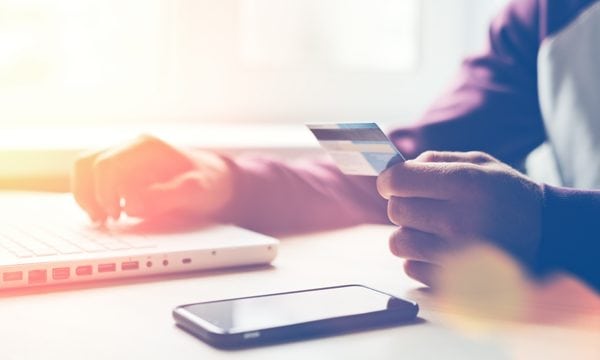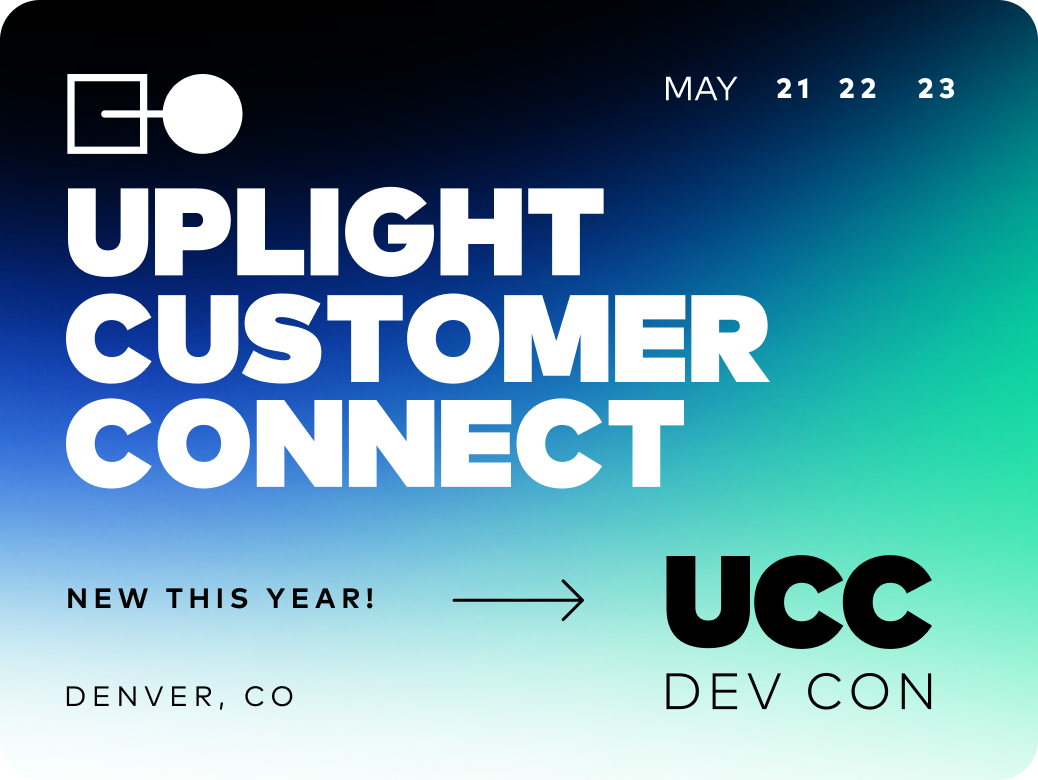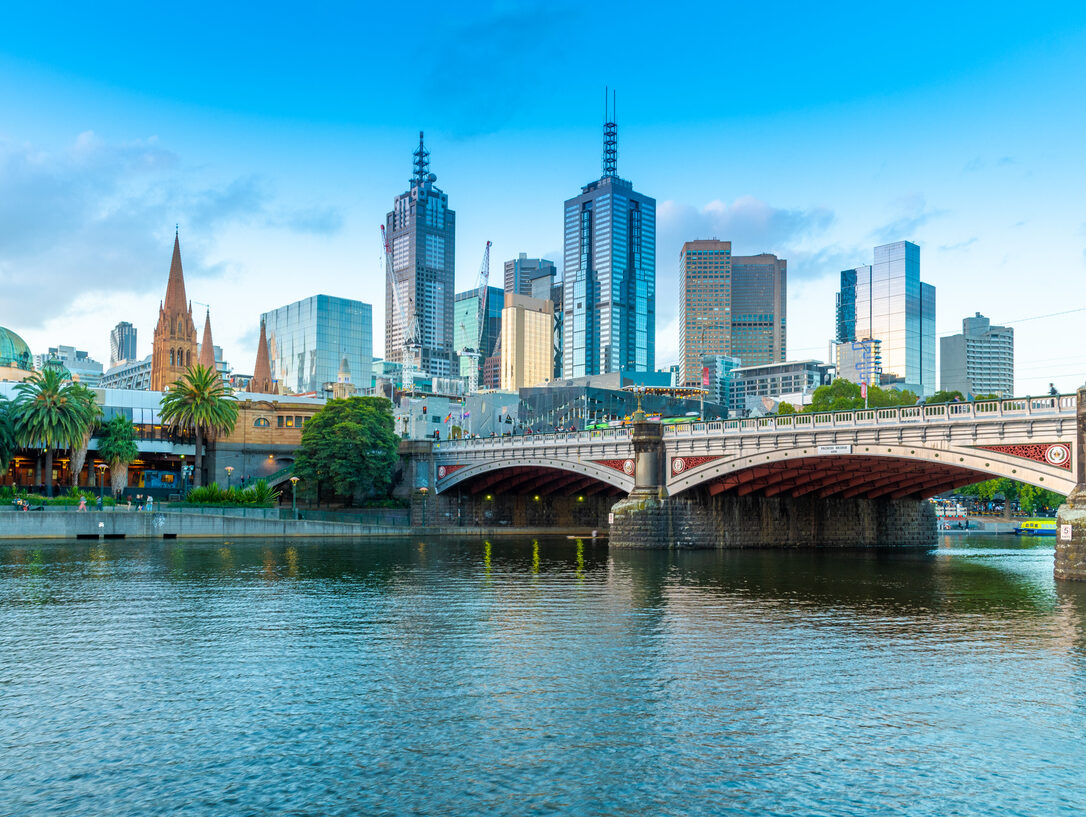This post was originally published on EnergySavvy’s website. EnergySavvy is now Uplight.
In the past twenty years, we’ve transformed the way we find and consume information, trading paper for digital. We read ebooks instead of paperbacks, conduct internet searches instead of flipping through telephone books, and order online instead of browsing mail order catalogs.
But even with the growing shift toward digital consumption, most customers still receive and pay paper utility bills. According to 2014 research on the state of electronic billing (or eBill) adoption by Fiserv’s, only 19% of utility customers have adopted paperless billing–despite the fact that paperless billing is not only more convenient for customers, but is also cheaper for utilities. Sending out paper bills is at least 2-3x more costly than emailing electronic bills, and can even be substantially more.
In spite of these low adoption rates, more than half of paper-based customers are interested in switching from paper billing to paperless billing. Some may not know how to easily make the switch while others might not be aware of the option to do so. There are also groups that have a higher propensity to use paperless billing, such as those already digitally engaged or enrolled in another utility program. Automatically giving new customers the option for paperless billing when they sign-up for service will also increase uptake.
By using analytics-based targeting software, utilities can easily and effectively uncover the best segments to reach out to about paperless billing adoption. Some of these potential target groups include:
- New customers when they set up their account and/or start service
- More digitally engaged demographics including Millennials and Generation X
- Customers who receive a paper bill, but pay online
- Customers who set up a credit card for automatic bill pay
- Customers who have signed up for an energy efficiency or distributed resource program
Paperless billing can also be integrated as a ‘next best action’ for a Customer Service representative to suggest while on a customer call or surfaced as an option when the customer logs into their account.
By effectively identifying customers that have the greatest propensity to switch to paperless billing, following up with a coordinated marketing effort, and making it easy for customers to sign up, the average utility can reduce their billing cost by nearly 20%.





